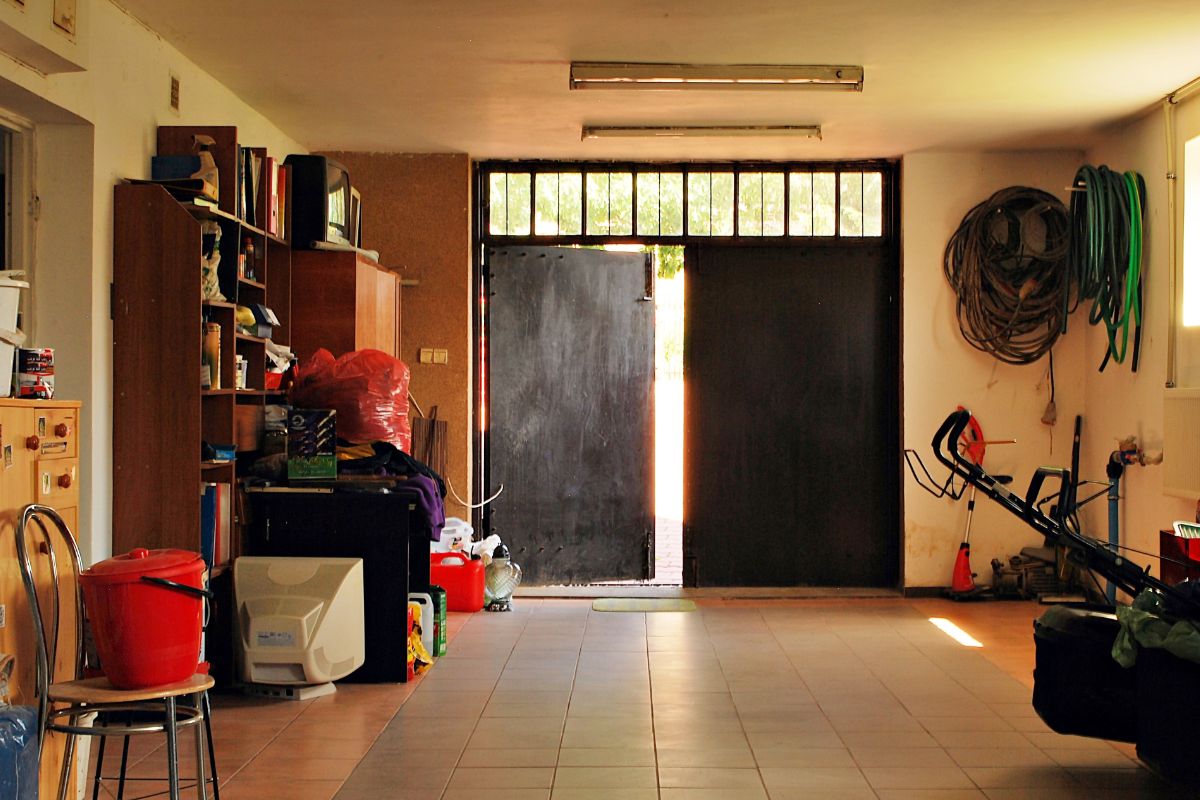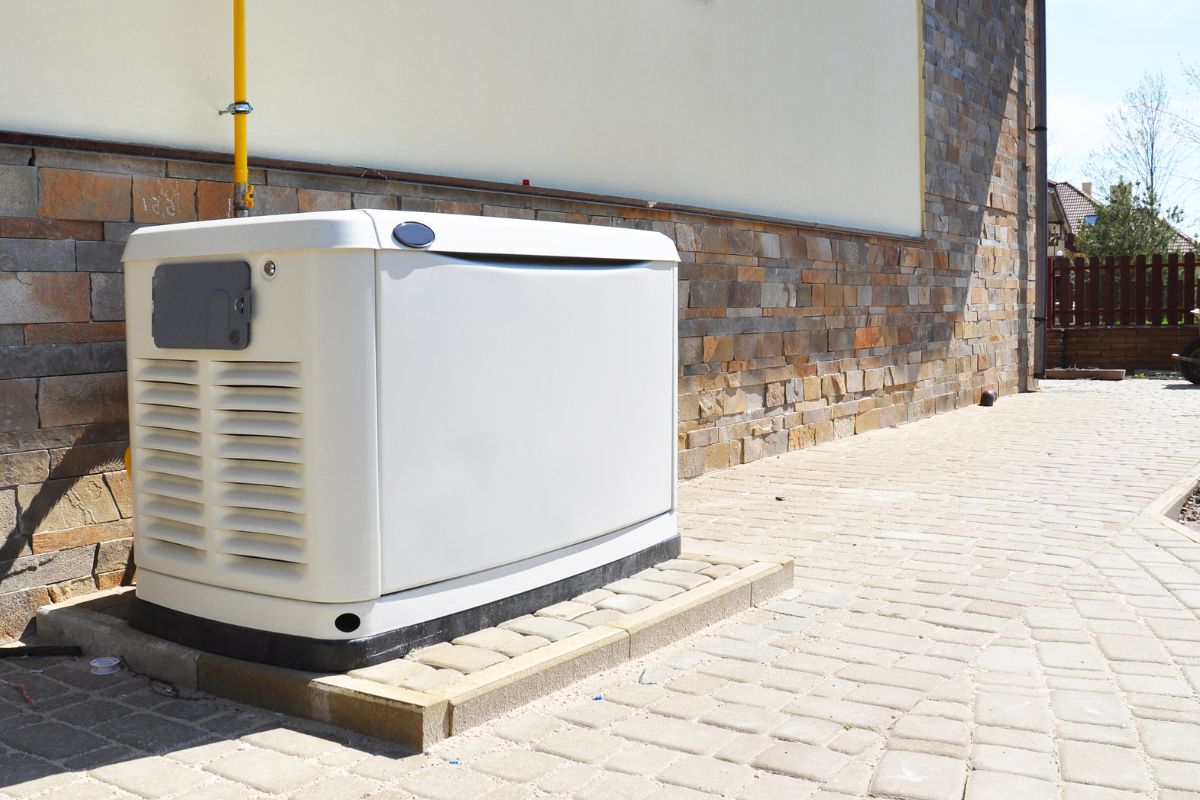Is Ring Just Reinventing The Wheel With Their Smart Lighting?
Much like rats, thieves thrive under the cover of darkness, which is why something as simple as a spotlight can send them running back to their nests with their tails between their legs.
Motion sensor-equipped lamps have been around for decades now, but thanks to Ring, this home security classic has been given the smart treatment, and like many others, I wanted to investigate what that meant exactly…so I did. Welcome to my review of Ring’s Smart Lighting

Ring Smart Lighting At A Glance
At first, smart security lighting seems kind of redundant. All they need is a motion sensor, right? What else could they possibly do? Well, actually, Ring has done a great job of expanding their functionality by introducing them into its security ecosystem.
You can think of old-fashioned security lights as a scrappy bunch of mercenaries. Sure, they get the job done most of the time, but they won’t work together, and a brazen ne’er do well could easily weave around them.
You can think of Ring Smart Security Lights as highly trained, highly organized, cooperative units capable of executing complex commands with gusto.
Ring Smart Lighting
Pros
- Easy Installation
- Reasonably Priced
- Compatible with Alexa
- Links to Other Ring Smart Devices
- Long Battery Life
Cons
- No Google Assistant Support
- No Rechargeable Battery Packs
Ring Smart Lighting – Features
Each Ring Smart light features an integrated motion sensor, just like a traditional security lamp, and they’ll work as such before you activate their smart facilities with the Ring Bridge.
The Bridge allows your smart lights to communicate with one another. You can then use the Ring app to adjust their brightness and organize them into little cooperative task forces that both increase your home’s security, and make your property safer to navigate come nightfall.
Say, for instance, the motion sensor on an individual smart light registers a presence outside your house, all the other lights in its group will burst into action too, flooding a much wider surface area. The only limitation to be aware of is that lights can’t be in more than one group at a time.
What they can do, though, is link up to cameras like the Ring Stick Up Cam, Video Doorbell, or Spotlight Cam.
Once paired, you can make it so your smart cameras start recording as soon as one of your lights senses motion, catching the crook red-handed with nowhere to run.
What’s more, the Ring Bridge can forge a connection between your smart array and Alexa (if you have it), so you can control your whole security system with voice commands.
Unlike their lights, Ring’s Bridge works best alone, so you can only install one per household, but with the capacity to link up to 50 smart devices, unless you live in a straight-up palace, you’ll only ever need one anyway.
Ring Smart Lighting – Options
Currently, Ring offers four smart lighting options, a spotlight, a floodlight, a pathlight, and a steplight. Except for the pathlight, which is black, they can all be bought with black or white enclosures.
The Ring Spotlight has a 400 lumens bulb capable of illuminating a small to medium-sized area, depending on the height of the mount.
These are the most reminiscent of traditional security lights. The 3500K color temperature is bright white, and the motion sensor has a range of 30 feet and 120° field of view.
The Ring Floodlight arrives with a 600 lumens bulb perfect for saturating large areas with light, leaving no shadows to hide in. It has the same 3500K color temperature as the spotlight but boasts a 45-foot range and a 180° field of view. As you’d imagine, it’s the most expensive of the bunch.
You can also buy a wired version of the Floodlight that blasts your property with 2000 lumens of 3.5K white light any time someone steps within 75 feet of its sensor.
Mounted on a 16.93-inch pole, the 80 lumens bulb of the Ring Pathlight illuminates small areas close to the ground, with a 3500K white light. The sensor has a range of 15 feet, a 140° field of view, and it has a lovely “Dusk-to-Dawn” setting that gives it a constant, mild glow at night. Once the motion sensor detects a presence, it instantly kicks into action at full capacity.
The Ring Steplight is a small, hooded model that fires a 3.5K, 35 lumens beam downwards, so you can ascend and descend stairs in the dark. Much like the pathlight, it has a range of 15 feet, but a reduced FOV of 120°.
Ring Smart Lighting – Power
Apart from the wired floodlight, all Ring Smart Lights are battery-powered, which is great in some ways, and not so great in others.
One huge benefit of batteries is that you need a grand total of zero electronics experience to install them, and another is that they last for about a year before they’ll need changing out.
The bad part is that you have to go around and manually replenish them in your security light array, which can take a while if you’ve maxed out the Bridge with 50 units.
Ring Smart Lighting – Installation
With the exception of the wired floodlight, everything that you need to install Ring Smart Lights comes included with the purchase, which is a fantastic bit of customer care on Ring’s part.
As I’ve already touched upon, they’re battery-powered, which makes installation a total breeze. It literally only takes a few minutes per light, and once fitted, the Ring app takes you through the rest of the setup step by step.
Ring Smart Lighting – The Final Verdict
My experience with Ring Smart lights has been nothing but positive. They perform accurately and with very little latency, whether I’m using the app or Alexa to issue commands.
The group function once they’re hooked up to the Bridge is truly awesome and will definitely help put the fear of God into anyone who dares trespass on your property.
My only real gripe is that there are currently no rechargeable battery packs available for these lights, but for the security and safety they provide, not to mention the insanely customizable parameters, it’s a minuscule price to pay.




